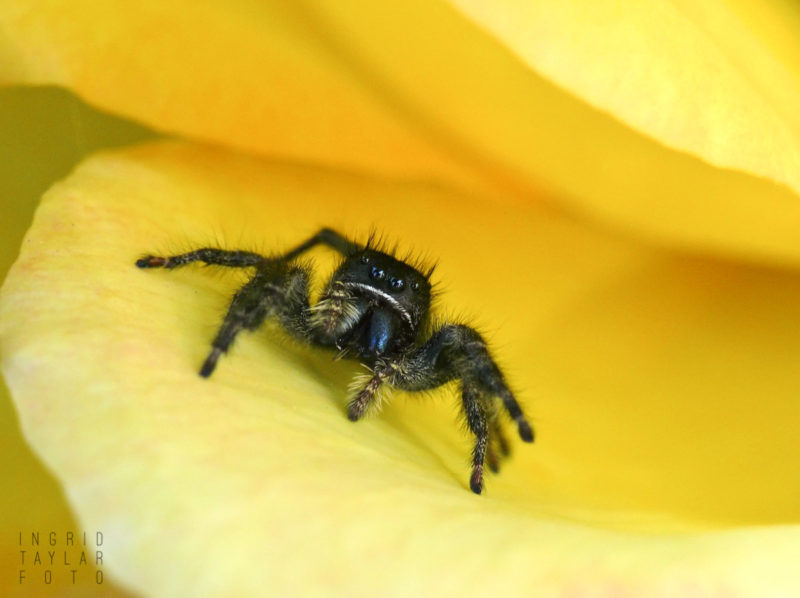
This jumping spider shot was not staged, but I needed a featured image for this post. 
Manipulated Nature Macros
A friend of mine recommended 500px as an alternative to Flickr. Between Flickr, Facebook, Linked In, and my inactive Twitter account, I’m maxed out on social networking, something I’ve never been all that hot on, anyway. But, I meandered over to 500px because the interface is supposedly beautiful, and the community gets rave reviews.
The first thing I noticed was, of course, the vivid layout of the front page. It’s image driven, and the quality of the images appears to be pretty high, at least for the featured and rated shots. Popular images are rated by “pulses” … using an undisclosed algorithm to determine the popularity of a shot.
The next thing I noticed was how many of the nature photos looked a little unlikely, for lack of a better description — in terms of what you’d see in natural behavior or settings. I browsed through enough accounts to see that few photographers have a statement of ethics or methodology accompanying their shots. That’s not uncommon. But, in the case of photos where the scenarios depicted seem improbable, an explanatory statement would seem a fair request under the circumstances, even if no extraneous manipulations were used. (It’s no different at other photo sites, but 500px has a showcase that lends itself to browsing a variety of portfolios.)
Insects and Droplets – Real or Staged?
Among the more popular images are those insects-and-droplets macros. You’ve likely seen a lot of them, because they seem to be featured in almost every Facebook feed these days. They are macros of various insects species, shot in still poses, covered with droplets that are labeled as rain or dew, or not labeled at all. Some of the images appear to be stacked-focus shots, meaning the insects had to be still for at least a few setups and frames as the photographer layered the focus.
I’ve met photographers who specialize in insect macros, so I’ve learned a few things about insect photography. Some people work hard to get the image without any special effects, practicing patience, learning the insect’s behavioral patterns, shooting in the less active, early morning hours. But some of the other techniques used are: refrigerating or freezing bugs to slow them, using a spray bottle or spraying them with sugar water or glycerin for perfect droplets, staging the scene against colored backgrounds, putting the insects in situations where their actions are altered out of avoidance behavior.
A lot of people don’t share my sensitivity to sentience, which admittedly borders on the hyper-sensitive. I can’t personally freeze a bug for the sake of a photo, and I’ve been accused of misguided bug sympathy. Maybe. I met an entomologist in the field who himself didn’t have an issue with refrigerated bugs. But, even if people don’t share my proclivities, I think there should be more discussion about the level of subject manipulation that seems to be happening for “nature” photography … with most of it garnering lots of adulation, mentions on news sites, big-time contest wins, and very little scrutiny as to the methodology.
In one of the photo sets I was looking through, out of hundreds of comments on some bug-droplet images, only one commenter asked the photographer if he’d used any type of manipulation, such as refrigeration and spray bottles. That question went unanswered in the three subsequent pages of compliments.
Full Disclosure of Photographic Methods
I find it distressing, and am strongly against, people staging predator-prey scenarios for images. But I think macro staging also undermines nature photography ethics when photographers do not disclose when the animals have been refrigerated, sprayed, captured or manipulated for the shot. When one of the Snowy Owl photographers engaged me in a heated email exchange about field ethics, I mentioned to him that beyond the inherent issue of stressing the owls by approaching too closely, there were people rationalizing their actions by saying “well, he’s out there getting that shot, why not me?” His response was that he has no responsibility for others’ actions or reactions.
With respect to interaction with nature, none of us photographs in a vacuum. When I’m in the field with my camera, I see myself as an emissary for wildlife and for wildlife photographers. I feel awful if I make a mistake in this regard. I also realize that standing on a holier-than-thou platform isn’t going to influence anyone, especially since we all make mistakes or breach a personal boundary at times, myself included. This is especially true if it’s someone whose nature photography isn’t influenced by a profound love of nature.
But I would like to see a lot more discussion about what constitutes nature photography and nature photography ethics. I’d like to see more insistence on disclosure of field method. And, I’d like to see publications asking more stringent questions about how their published images were acquired. Photojournalists have been stripped of awards and even their jobs, for over-processing a negative.
Your thoughts … on bugs, droplets, nature or awards?

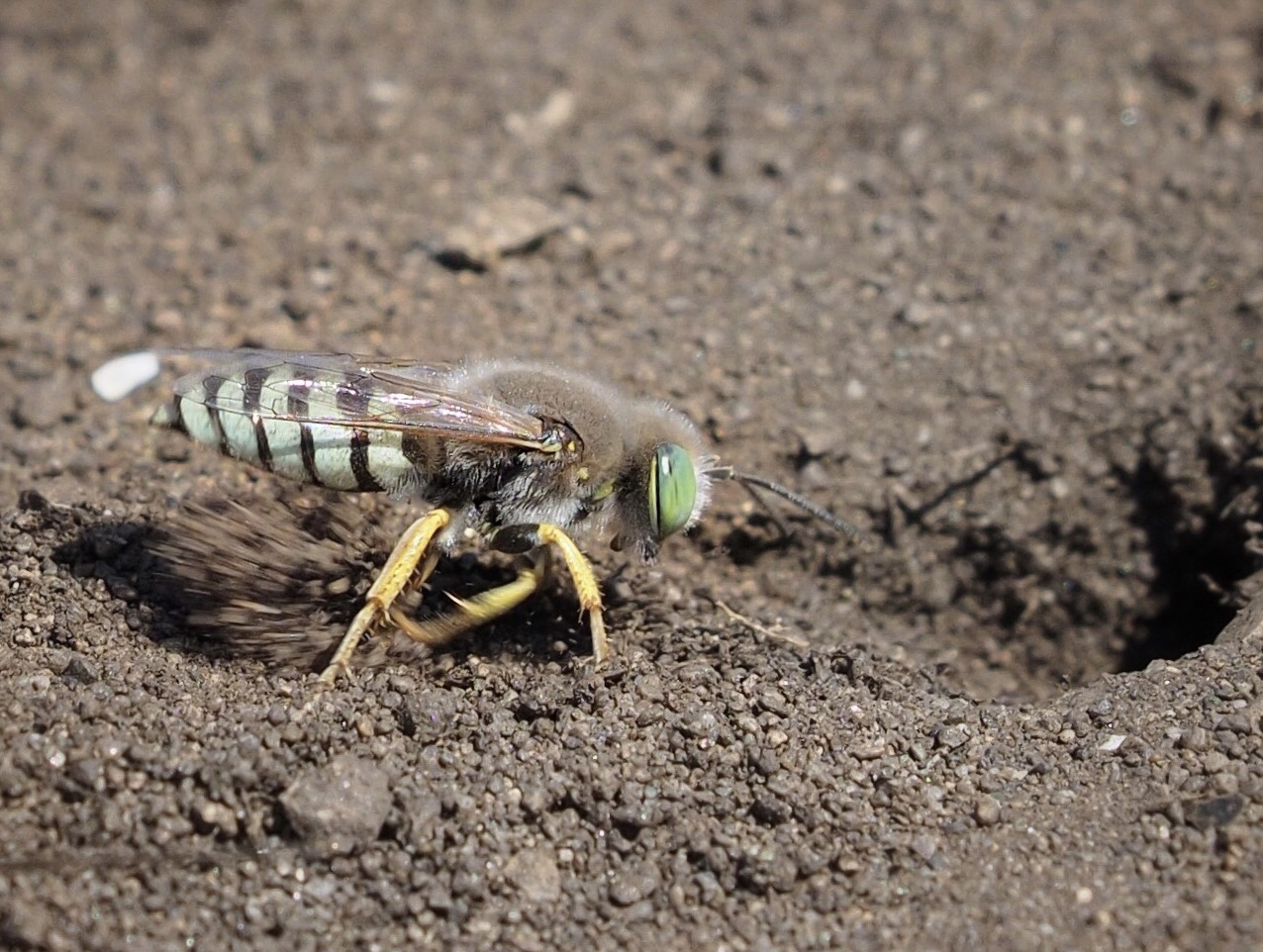
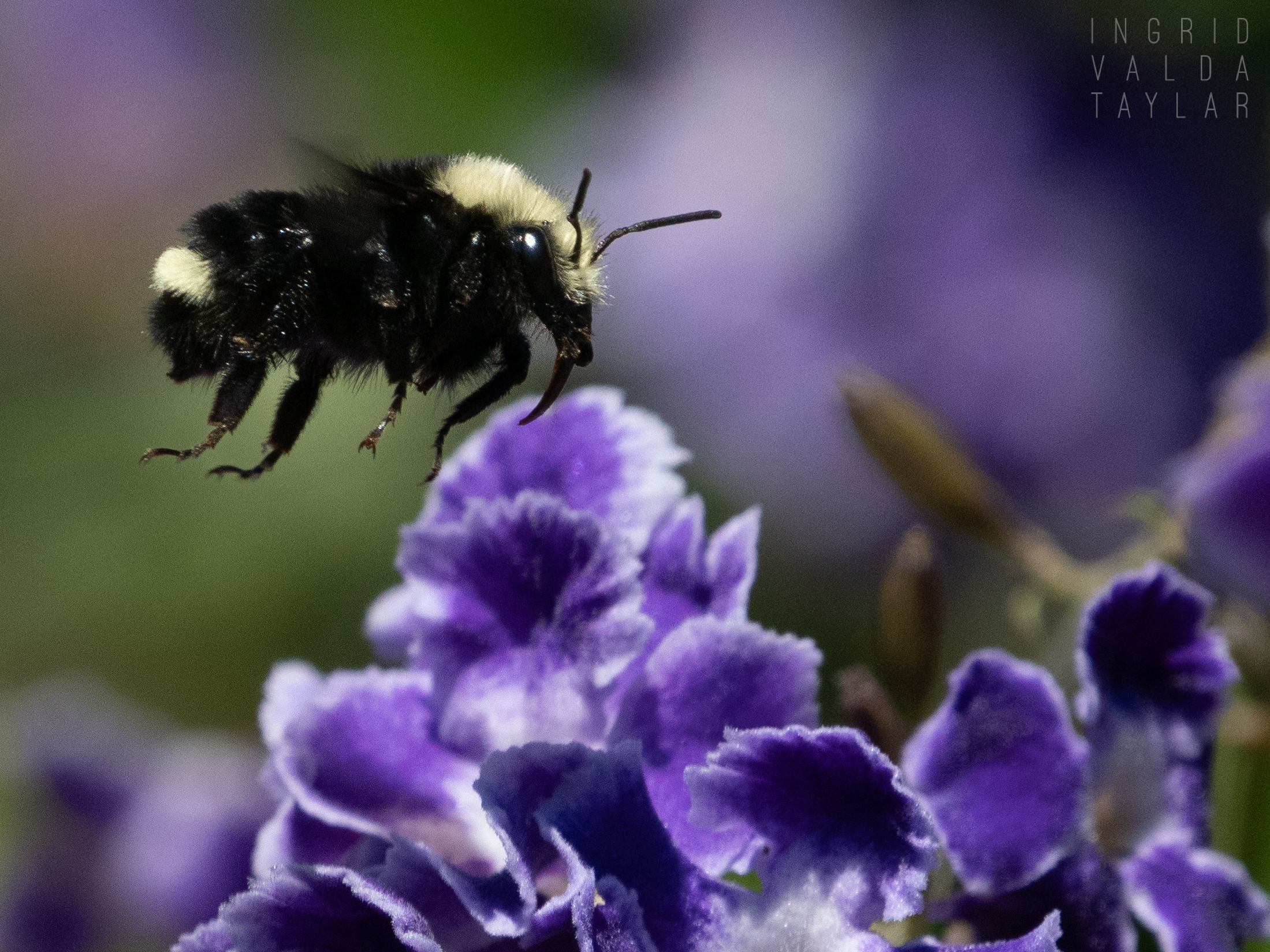
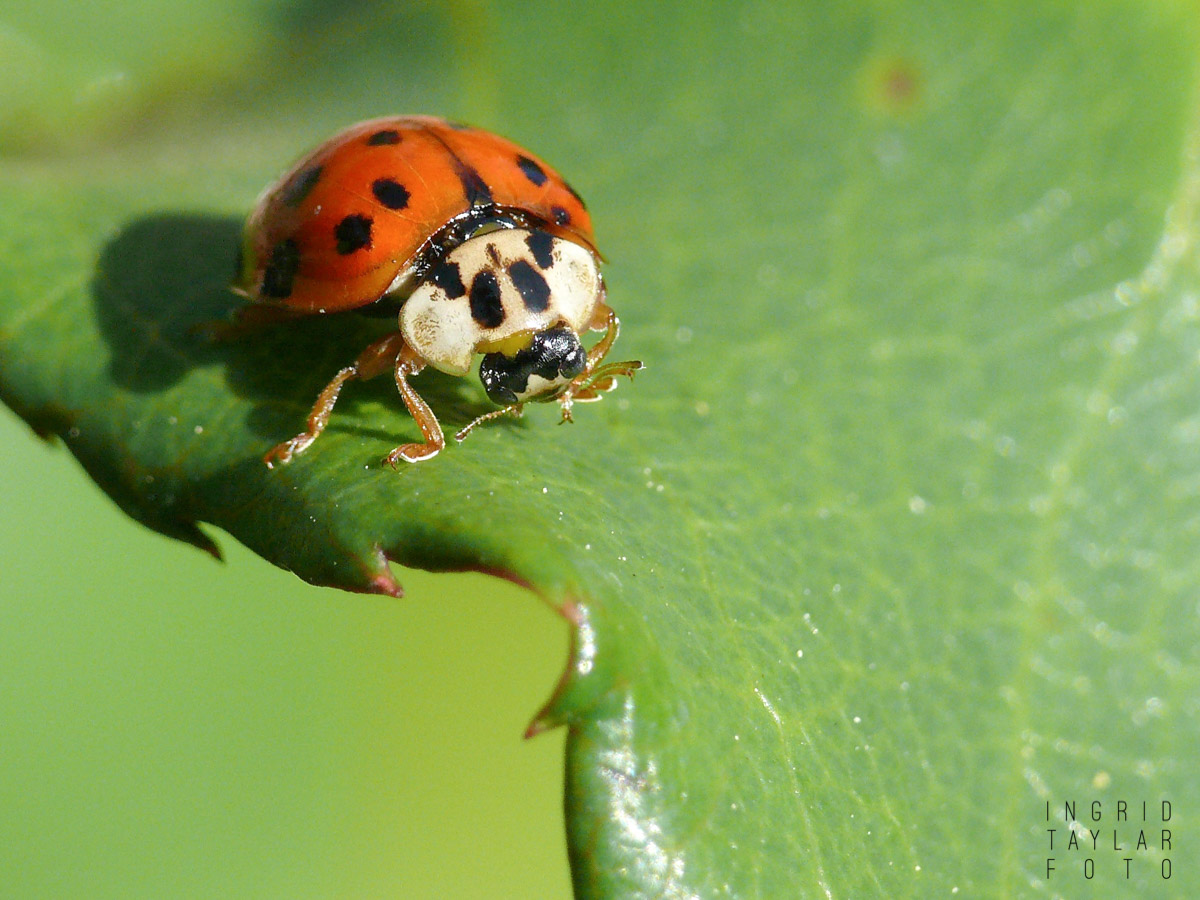
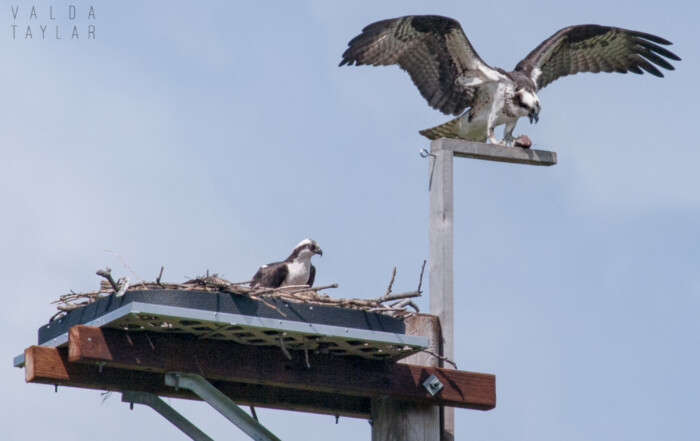
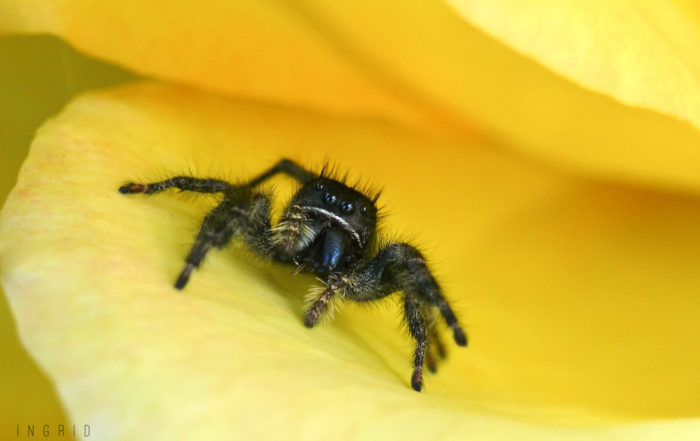
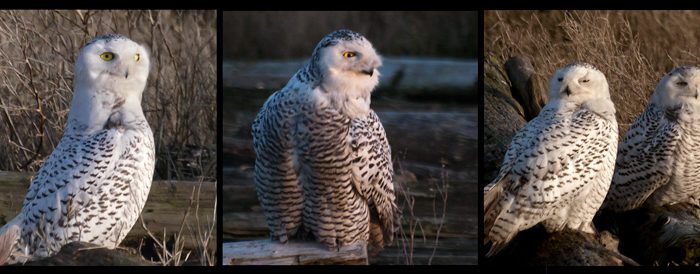
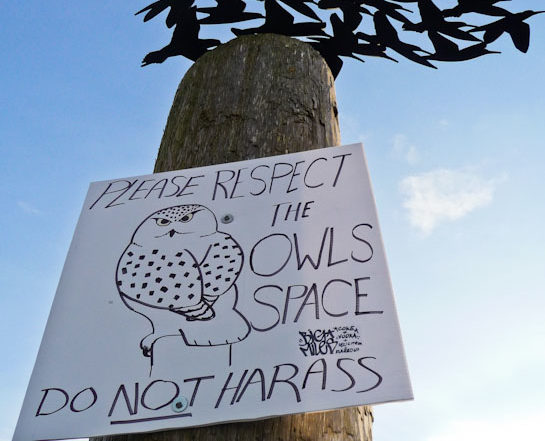
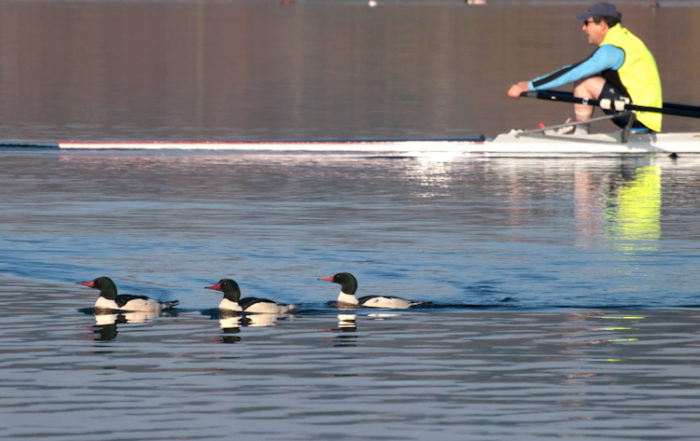
Check out Martin Amm’s wonderful photos. He writes [in two separate comments]: “i searched, before sunrise, near a small pond for some dragonflies. until i found one it last sometimes more than 1 hour.” “i took this shot at the end of september. the big advantage at this time of the year is that the night are getting colder. so you have a great light situation, fog and many dew as the result.”
Beautiful photos — from 2007. His photos of European butterflies are gorgeous, too..
https://photo.net/photodb/photo?photo_id=6687694
In other nature photography news: the first Bald Eagle chick in memory has hatched up at Big Bear Lake in SoCal!
https://groups.yahoo.com/group/inlandcountybirds/message/10283
Cue idiot with a camera in 3… 2… 1…
https://www.fawnskinflyer.com/2012/03/you-dont-know-jack/
Luisa, thanks for commenting and for including those stories. With that last photographer (cue the idiot — lol) …. at least there were repercussions for the Bald Eagle violation. I’ve often said to Hugh that I’m so relieved when I have to deal with an animal situation or an animal rescue, and it happens to be a protected species. It helps to have legality on your side. With Martin’s shots, I’ve read of photographers who go out with flashlights during the early morning hours, when bugs are less active. I’ve never done this myself. I do love great macros, but the only willing participants I’ve found in my early-morning photo shoots are snails and spiders.
I really like the topics you bring up. There was a huge nature blogging debate over animals for hire about 2 years ago. I wish I had those links for you. Instead, I made a new list o’ links that you may be interested in checking out: https://othernatureid.blogspot.com/2012/03/staging-wildlife-photographs.html. In case you miss the link in all the linked links, I thought this was particularly interesting: https://www.guardian.co.uk/environment/2010/jan/20/wolf-wildlife-photographer-award-stripped. Staged insect macrophotography seems to be gaining in popularity these days. A certain well-known blogger is charging almost $700 for a 3 day course, and rabid fans are actively soliciting donations from their blog followers so that they can attend. Wild. Or maybe not? I knew it was more than sheer laziness that I haven’t upgraded from my 8 year-old point-and-shoot; I don’t want to be tempted!
Thanks very much for the links, Katie. I’ll check them out later today when I get home. Oh, and yes — I heard about that Rodriguez shot. What amazes me is how many questionable images seem to get by contest judges. A big contest recently, can’t remember which one, awarded one of their final prizes to an owl shot that, to me, looks totally baited. As I recall, the owl is flying toward the photographer with talons down, and wings poised for a landing. The mistake photographers like Rodriguez make (among others) is not understanding the biology and natural history of their subjects … so they put their subjects in unnatural poses or settings, which is where they ultimately get caught. And which goes back to the idea that a love and passion for nature is not anywhere near the driving force behind the shot.
Sometimes it seems as if there are just too many photographers out there, and staging shots for the sake of a nice photo is everywhere. The current Pop Photo magazine shows a Portugese Man-o-war on the cover. Taken from the ocean, placed in a small aquarium, back-lit it becomes an abstract image. They do tell how it was done and why he does it. But it promotes more of the same by inumerable photographers.
I think the only thing we can do is lead by example and try to do the best we can.
True Glenn, it’s so common it’s becoming the norm. And you’re right about the numbers of photographers. I have to count myself among those, because although I’ve had some kind of camera in my hands since I was a little kid, I took up wildlife photography just five years ago. I suppose that’s also why I feel a responsibility to tread extra lightly, knowing that I am one interloper among many. The Snowy Owl scene further changed my perspective, and I’ve been mentally retooling my ideas about photography ever since. I feel less inclined to take the shot these days. At minimum, I always make sure the animal is okay with me being there before I ever lift my lens.
What obviously concerns me the most is the disregard for the animal’s well-being. I now often see staged shots of snakes and mice, or owls and mice, supposedly in the “wild” (like on a lawn) but it’s usually pretty clear they’re setups. There is, of course, no mention of this in the caption — that a hapless white, pet-store mouse is being used. In only two cases did I see a photographer respond honestly when someone in the comments asked about baiting. In one case, the guy said, “yeah, someone gave the owl a mouse but it wasn’t me. I wasn’t about to let the opportunity go by, though.” In most other cases I’ve seen, people either fawned — said “wow you must be a great photographer to capture this moment” — or were ignored if they brought up anything about baiting. There’s one guy I’ve come across at Flickr who gets crazy accolades for his owl shots. He was called out once for baiting — by an owl group where he submitted a photo — and he, of course dismissed his critics as silly. He finally admitted to raising his own mice for the purpose, but never says so in his captions. Every time I see one of those types of shots, I cringe. I’m considering making myself the most hated person on the ‘net, by commenting whenever I see this.
Ingrid,
I too wish there were more disclosure for images that were baited, set up, where birds or animals are called in or when unnatural measures were taken to get an image. I’d also like to see people who say “taken at a game farm” or where animals are caged and for hire.
As a bird photographer I have heard excuses for baiting raptors and owls where the photographer(s) have said “it is the only way to get those shots”. I have to disagree, it might be the faster “way” to get those action images but I can say from experience it is not “the only” way. Of course I spend enormous amounts of time in the field with my subjects, observing them and learning their behaviors. Because I have done that I can antipate my subjects behavior and get those actions shots without the need for bait.
I had heard about freezing insects to get those great macros shots. Some even carry an ice chest into the field to freeze them.
Mia, I hadn’t heard about ice chests. Beyond animal considerations, I’d feel pretty guilty getting my shots that way, particularly if I didn’t disclose my method. At one forum where photographers were discussing this very issue, a guy responded that if you are at all reluctant to reveal your method, you’re probably doing something that, according your own ethical compass, you shouldn’t be doing. Of course, the individual compass isn’t necessarily a reliable measure, is it?
I was watching the Annie Leibovitz documentary from 2008, the one her sister shot. It’s interesting to see her photographic evolution, and I remembered seeing (when they were published) some the first Leibovitz images they showed from her early Rolling Stone years. The Vanity Fair style she developed has obviously been copied often. So, I make this comment with that cultural saturation in mind. But, as I looked at her portfolio of images, I couldn’t help but be drawn to her earlier, grittier photojournalistic captures. The contrived shots and elaborate sets are remarkable for their thematic creativity and art. But there’s something to be said for the beautiful imperfection of authenticity. I think pixel-peeping has changed what people construe as a “good” photograph.
Edited after the fact for a few words & typos.
Again a very, very important topic and the reason I don’t look at alot of photo sites as I know
many great harms were done and back-slapping only adds to this.
This is the era of digital, the “asterisk era” (like in steroid baseball era) of nature photography.
We’ll never know who is the real deal….
I’ll add my normal sour puss comment about how much easier it is while owning a Canon 500mm f4 IS lens to get a shot that will have your back red from congratulations and everyone green with envy when actually the mechanics and technology are 99% of the “great shots” I see in those forums.
I held an old 1939 Leica IIIB rangefinder camera last night for the first time and it was heavy, zoomless and beautiful. THAT is a tool!
People who freeze animals and bait them and such should drive off a cliff.
John, it would be interesting to do a survey of today’s wildlife and nature photographers … to find out if their love of nature preceded their photography, or vice versa. I have a suspicion there are a lot of people out there who could afford the equipment first, then realized that bird photography was one of the things you could do with big glass.
A few people who comment here, Ron and Mia among them, are so clearly invested in their love of their subject, there’s just no question about why they do it. And it seems to follow that those people are more careful and conscientious about methodology. I think it’s a visceral understanding. Again, this would require something more substantial than speculation in my blog to be “true.”
I’ve always loved animals … to a degree that some people in my life probably wish I’d “outgrown” it. But I never thought I could afford the gear to photograph them. It was when I bought one of those super-zoom cameras, that I bridged the gap. I didn’t realize at the time how painfully slow that camera was, so I just worked around its limitations. When I finally upgraded to a real telephoto lens, I couldn’t believe how “easy” the shots were by comparison. I’ve never worked with nor rented the big glass you talk about (tough to find Olympus rentals). But when I hear the motor drives and shutter clicks and instantaneous focus, I can imagine.
I know there are a lot of photographers who take offense when someone says “you must have a great camera and lens.” Coming from lesser gear, and having a long way to go to own actual pro wildlife gear, that question never really bothers me. The gear is, indeed, part of getting the shot when it comes to fast-moving objects. I’m the first to admit that I’ll probably get a bird shot with my DSLR that Hugh won’t get, photographing with his iPhone. You can’t buy a creative eye, that’s for sure. But it helps to have the equipment to execute your idea.
I couldn’t agree with you more about ethics – your words sound like my own. Ideally all nature photographers would put the welfare of their subjects first and foremost and err on the side of safety of the critters – all of them, all of the time. Barring that ideal I wish full and open disclosure would become the norm so that it became understood and accepted that if disclosure isn’t made folks would simply ignore the image on forums.
As far as awards and contests go, that subject leaves a bitter taste in my mouth. I know of an instance where the winner of a major national photo contest lied about when and where his “winning” image was taken which would have disqualified the shot. Makes me sick and I hate the way that kind (and all kinds) of unethical behavior reflects on nature photographers in general.
Thoughtful, well written post Ingrid.
Ron, you stated it perfectly. And I agree with this comment: “Barring that ideal I wish full and open disclosure would become the norm so that it became understood and accepted that if disclosure isn’t made, folks would simply ignore the image on forums.”
It really does seem as though these ethical breaches are happening, in some part, for page hits and ratings on sites like 500px. That’s what struck me when I was photographing the Snowy Owls. With all of the photographers encroaching on the owls for their shots … what was the end expectation? By the time we were up at Boundary Bay, the ‘net was saturated with Snowy Owl photos from the irruption, so they weren’t rare photographic encounters or even creative compositions.
And yes, with respect to contests. Hugh and I were wondering who the moderators are for some of them. We were wondering if sometimes they are less-experienced photo editors who didn’t have a full frame of reference for what’s been done before, and also for what can conceivably be done without manipulation.
Thanks very much for the comment, Ron. I appreciate meeting and knowing people who are in sync with these perspectives. I value your input highly.
Wow, you guys would drive a photographer off a cliff for freezing a bug.
The fact is that photographers in all the branches of photography have been staging and manipulating for ages. Photojournalists pose subjects, stage events, and tip their cameras in earthquake zones. Use of makeup and retouching are accepted without question in portrait photography. Shots from zoos and wildlife farms are passed off as natural. It’s common for bird photographers to hang around feeders. So why not stretch things a bit in macro?
Extreme macro (closer than 1:1) is technically a very difficult area. Focus stacking is a spectacular technical advance that makes pics possible that could only be dreamed about a few years ago. It doesn’t solve all the technical issues, but it deals effectively with the DOF problem. But the subject must be motionless. Cooling the subject to slow it down seems to me to be a reasonable way to achieve this aim. It only does what nature does on cold mornings, but at a time and place that is more convenient for the photographer.
All living things are precious, but I suggest we be realistic. Most photographers squash more bugs on their windshields than they will ever cool or freeze.
I’m just starting in macro, and haven’t cooled a bug, yet, but I don’t think I would have a big problem with it.
On the other hand, I expect honesty from the photographer when presenting an image as unaltered wildlife, or entering a competition that requires the subjects to be wild and free without manipulation.
Ed
Hi, Ed … thanks very much for taking the time to comment on this post. Okay, your comment about driving photographers off a cliff made me chuckle but it’s a bit hyperbolic, you have to admit. The whole point of the post was to engage a discussion about honesty and ethics in photography — especially in a field of photography (wildlife) where realism is the expectation. I appreciate that you’re weighing in with your perspective and would be interested in your additional replies.
You say that photographers have been manipulating images for ages which is true. But it’s a fallacy of logic to suggest that just because something’s been done that it’s necessarily the ethical thing to do. There are countless historical examples to substantiate the fallacy of tradition. So in answer to your rhetorical question, “why not stretch things a bit in macro?” I would say because I don’t agree with the premise that staging and manipulating always comes without cost. At bare minimum, manipulation should be disclosed.
It matters because some staged images are done in such a way as to potentially harm the wild animal. Many of the photographers with whom I interact have witnessed, time and again, people putting the shot way ahead of the welfare of the animal. I come from a background in wildlife rehabilitation, so perhaps I’m more attuned to how our behavior affects wild animals in the end. But other organizations, like the North American Nature Photography, agree with this perspective as well.
You mention game farms as one common example of photographic staging. I’ll direct you to a piece by Ted Williams where he discusses the implications of patronizing these organizations (among other ethical considerations). The article is “Phony Wildlife Photography Gives a Warped View of Nature” — https://mag.audubon.org/articles/nature/phony-wildlife-photography-gives-warped-view-nature
You yourself say, “I expect honesty from the photographer when presenting an image as unaltered wildlife, or entering a competition that requires the subjects to be wild and free without manipulation.” I agree. And that was my primary criticism with staged shots. If you are *not* disclosing that the image was staged, you’re implying it is unaltered by default.
I don’t know where the quote originated but it’s repeated often — “if you are reluctant to disclose your method, you might want to reconsider engaging that method.” I can’t help but think that some photographers don’t disclose that they shot on a game farm, or baited an owl, or froze a bug and sprayed it with glycerin is precisely because they are reluctant about their methods — or, perhaps, want to give the impression that they created the shot with much greater effort than would be indicated through staging.
I love the effects of post-processing and I enjoy artistic renderings. I’ve written separately on that subject. I don’t think realism is the end all/be all in photography at large, hardly. I’m a fan of expressionism and abstract art, as one example, and appreciate the vast spectrum of visual interpretation. At the same time, I don’t think disclosure of a totally staged scene is a lot to ask in the area of ethics. It concerns me most when the well-being of wild animals is at stake. In the end, I think it actually serves the photographer to be straight about that. It’s difficult to trust in the artist’s integrity once you learn he or she did something that wasn’t totally above board.
Hyperbole? It sounds more like uncontrollable anger to me.
You say that photographers should declare up front any manipulation that was done. Wow, that is asking a lot, and differs from accepted practice. Many of us who have had association with the Photographic Society of America are familiar with PSA’s rules for nature entries in salons. For the nature category, it is sufficient that the picture is an “honest presentation” of natural history. The rules specifically say “Techniques that enhance the presentation of the photograph without changing the nature story or the pictorial content are permitted.” It does not have to be wildlife unperturbed by humans (unless designated as “Wildlife”).
Accordingly, in the nature category of PSA-sanctioned competitions, there is neither the need nor the means to declare the authenticity of photos (except in the Wildlife category). In most other places, such as the media and on-line places like 500px, I agree it would often be useful to know about the authenticity of a nature shot. But I think it should be up to the photographer to decide whether to include that info with the image.
The PSA practice is reasonable and useful. It enables nature photographers to do things like recording the hatching of a chrysalis in a studio setting, or showing the life stages of aquatic invertebrates in an aquarium, as long the setting looks natural. This kind of photography is almost impossible to do in the wild.
Similarly, focus stacking makes it possible to make pictures that were previously impossible. I support this technique! If a bug gets cold or dies because of my endeavors, I would forgive myself if the activity was not wanton.
However, I would normally not support extending questionable techniques to the photography of birds, reptiles or mammals.
Doctor Ed, I apologize for the delayed response — have been out of town.
I’m not clear on what you wrote here, “Hyperbole? It sounds more like uncontrollable anger to me.” I described your comment as “a bit hyperbolic,” so I’m not sure what the “it” is that you’re referring to. Are you saying that your comment can’t be hyperbolic because it was in response to what you see as uncontrollable anger? If so, I ask you to re-read my post. It’s a fairly measured assessment, with a few disclaimers about my own proclivities — understanding full well that not everyone shares them.
You mention the Photographic Society’s rules. First, in their own short ethics statement, they have this to say, “The Ethics Review Board (ERB) was created by the PSA Board of Directors in 2005 to encourage compliance with PSA’s Ethics Statement and Policy and other adopted guidelines for exhibitions, competitions, and Society activities.” The operative terms here are “exhibitions,” “competitions,” and “Society activities.” Competitive ethics are quite different from wildlife interaction ethics. The PSA rules are in-house rules for behavior that has nothing to do with in-field impacts.
But putting that aside for the moment, in terms of artistic merit, I am not against image processing. It was done in dark room days and it’s done now, sometimes to amazing effect. I have nothing against focus stacking, I agree with you that it’s a great macro technique. And I also am in synch with those who say that the camera is a poor approximation of what the eye can see, so there’s an inherent bias toward post-processing to what is more visually accurate. I think you’ve misread my intent by arguing this point. I have no problem with changing an image into an artistic creation. I do that myself. But what we’re talking about is disclosure of methods that are clearly not “natural” and especially those that are labeled as such.
Doctor Ed, can you tell me what your underlying objection is to disclosure and to my argument for disclosure? I think I might be missing *your* point. The North American Nature Photographers Association (among others) have published several pieces on how disclosure is important to the integrity of the photographic process as a whole. Do you feel that these methods are propriety, for example, and should be kept from viewers to protect technique? I’m interested in what your strongest objections are to revealing when a photographic subject has been manipulated for the end result.
You and I are in agreement about questionable techniques on photographing birds, reptiles and mammals. The American Birding Association is just one group that posts ethics guidelines which expressly discourage this behavior.
In an earlier note, I referred to John Raymond’s statement that “People who freeze animals and bait them and such should drive off a cliff.” You dismissed it as hyperbole. But I think it shows uncontrollable anger.
I think it would be great if photographers disclosed their methods (when appropriate). But it should be up to them (rules of the forum permitting).
Ed